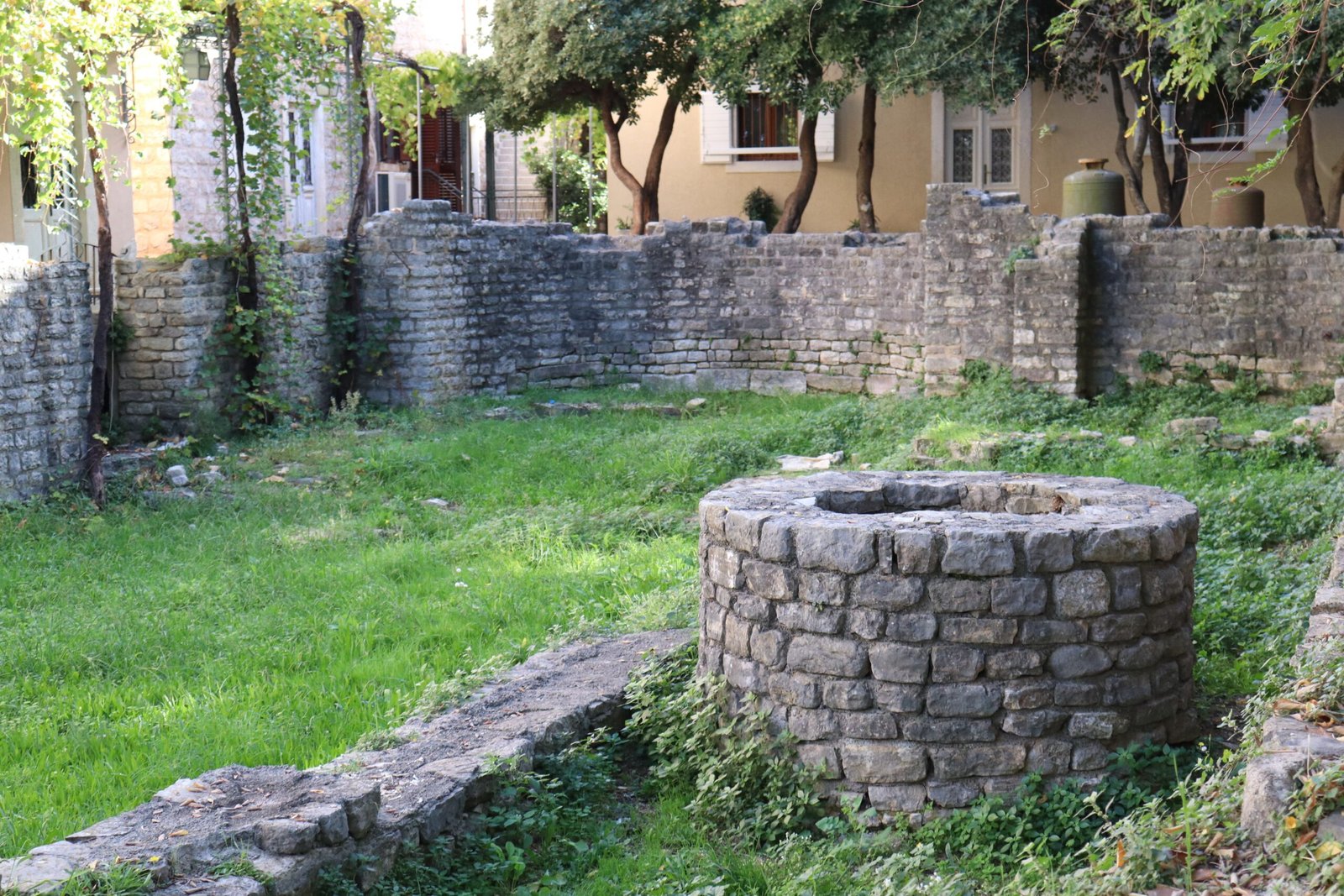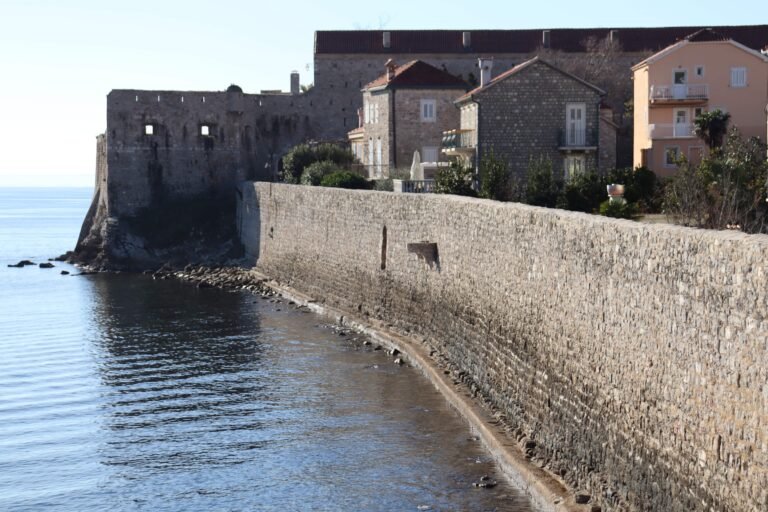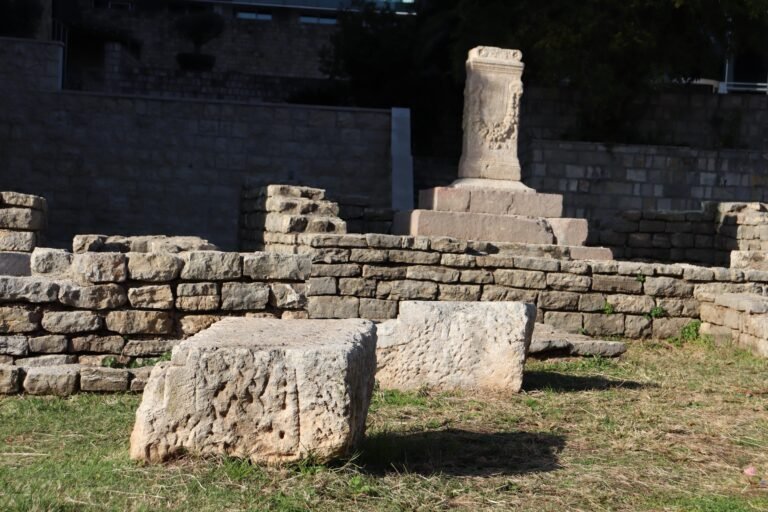U istraživačkim radovima iz 1987, u najstarijem dijelu Starog grada Budve otkriveni su zidovi trobrodne ranohrišćanske bazilike sa polukružnom apsidom i transeptom. Sjeverni brod i sjeverni dio transepta bazilike zalazio je ispod biskupskog dvora, dok je južni dio transepta zalazio ispod potpornog zida, ispred austrougarske kasarne. Istraživački radovi na ranohrišćanskoj bazilici nisu izvršeni do kraja, ali je poznato da ispod bazilike postoje stariji slojevi iz rimskog perioda. Tokom iskopavanja otkrivene su baze stubova i kapiteli koji su nekada pripadali srednjem brodu građevine, a značajnije otkriće predstavlja budvanski kivorij, neobično velik i bez neposredne analogije u svom okruženju. Interesantno otkriće predstavljaju fragmenti podne mozaičke dekoracije iz apside i naosa a koji se datuje u VII vijek. Rekonstruisana mozaička dekoracija može se sagledati u prostorijama Muzeja Budve.
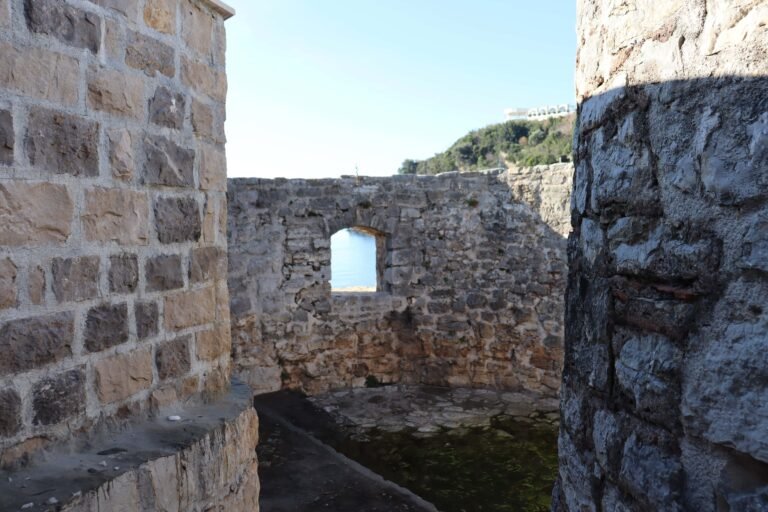
20. Bastion Murava
Originalna srednjovjekovna kula locirana je na jugozapadnoj strani bedema sa toparnicama za flangiranje ka moru i glavnim vratima. Bastion Murava moćna je u
